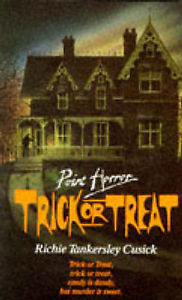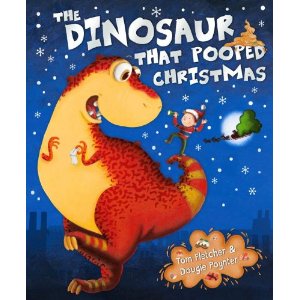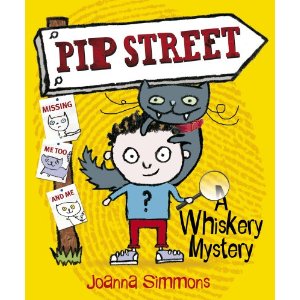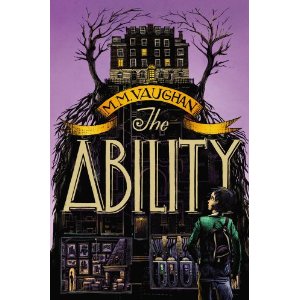It seems that the Grinch has come early this Christmas and this year it has a book in its sights. Not just any old book but the record-shattering GIRL ONLINE by Zoe Sugg (aka Zoella) which, as we all know, sold 78,000 copies in its first week and just shy of 56,000 in its second week. The fact her fans have continued to buy the book even when it was revealed that – shock horror – it was written by a ghostwriter, suggests that they weren’t as disappointed or misled as people claimed they might be. I have been completely baffled by the anger this ghosting ‘scandal’ has provoked. Zoella may be a slightly new breed of celebrity but her book is no different (just bigger) than the celebrity memoirs and fiction which have always dominated the Christmas bestseller lists and which have (on the whole) always been ghostwritten. GIRL ONLINE was written by a ghostwriter – there’s nothing newsworthy about that. In fact it’s more likely to be a talking point when celebrities do write their own books. The assumption is that the majority don’t so why shouldn’t this apply to Zoella?
 Scratch the surface of any industry and you’ll find similar ‘dissembling’ exists. Magazines are full of airbrushed images, actors use body doubles in movies, and films and TV shows are written by teams of writers, many of whom never get a credit. Musicians often don’t write their own songs (and sometimes they don’t even sing them – Beyonce, Britney Spears and even Madonna have all been accused of lip-synching); celebrity chefs don’t write their own recipes and does anyone seriously believe Alan Sugar writes his own script in The Apprentice or that ‘reality’ TV shows depict real life? The writer, Robert Harris was reported to have declared when quizzed about the controversy: “you wouldn’t get away with that if it was a piece of designer clothing” but of course all the major brands have teams of designers working for them. They do get away with it and no one bats an eyelid.
Scratch the surface of any industry and you’ll find similar ‘dissembling’ exists. Magazines are full of airbrushed images, actors use body doubles in movies, and films and TV shows are written by teams of writers, many of whom never get a credit. Musicians often don’t write their own songs (and sometimes they don’t even sing them – Beyonce, Britney Spears and even Madonna have all been accused of lip-synching); celebrity chefs don’t write their own recipes and does anyone seriously believe Alan Sugar writes his own script in The Apprentice or that ‘reality’ TV shows depict real life? The writer, Robert Harris was reported to have declared when quizzed about the controversy: “you wouldn’t get away with that if it was a piece of designer clothing” but of course all the major brands have teams of designers working for them. They do get away with it and no one bats an eyelid.
The ghosting scandal has been blown out of all proportion. It’s hardly as if ghosting is new to children’s publishing. Some of the most successful young fiction series have been ghostwritten and that’s not even counting the Katie Price and Frank Lampard offerings. I would hazard a guess than there are more ‘Adam Blades’ who have contributed to BEAST QUEST than Zoella has mascaras and they haven’t been named, shamed and scrutinized. This public outrage hasn’t just been directed at Zoella and her publisher but also at Siobhan Curham, the ghostwriter involved. She has been thrust unwillingly into the limelight and has even been compelled to write a blog asking that people leave both her and Zoella alone. I imagine that plea is also directed at supposed champions of her cause who have suggested that she wasn’t paid enough or given a credit. Just because there’s a rumour about the level of fee another author turned down, this doesn’t mean that was the amount she agreed to and besides, the terms under which she accepted the offer to ghostwrite are her own business and no one else’s. She must have felt comfortable enough with the nature of the deal to move forward and I’m sure that she is perfectly capable of making her own decisions about the work she chooses to take on. If it only took eight weeks as rumour also has it then it might well have been an ideal stopgap between other writing, or a welcome escape from plotting from scratch. While Siobhan acknowledges that there were ‘management issues’ along the way, as agents know only too well, there are few writers who find the process of being published issue free, and that’s exactly where a good agent should step in and help resolve any problems. It is certainly the case that it can be difficult to make a living from writing books alone which is why many savvy authors also engage in other activities to supplement their income – whether its school visits, writing for reading schemes or ghostwriting.
Some of the most scathing criticism of GIRL ONLINE has come from authors and specifically YA authors. When a book sells more than 78,000 copies of course it’s galling for some people. Even more so for authors who have worked tirelessly writing their books, often around the edges of their day jobs and fought for attention from agents and editors, publicists and reviewers only to find their lifetime sales are a fraction of Zoella’s. But these authors aren’t competing with Zoella for readers. A book like hers reaches those who don’t ordinarily buy books, it doesn’t take sales away from existing books. If GIRL ONLINE hadn’t sold 78,000 copies it’s not like those customers would have spent their £12.99 on a different book – most wouldn’t have spent it on books at all. The fact they have is actually a really good for the publishing world and books like this, frustrating though it might be for some authors, do help the publishing industry to thrive. Like THE DA VINCI CODE, HARRY POTTER and FIFTY SHADES OF GREY, GIRL ONLINE has got everyone talking about a book and that must surely have a knock on effect on other books too. Of course we’ll watch all the copy cats pop up now – as always – but the point is that a book like this doesn’t harm the book industry, it helps it. A bumper Christmas for books will mean retailers will be eager for more books and publishers will be too – so how is that a bad thing? Commercial successes give publishers the money to spend on books which may not be bestsellers but that they view to be important. There are many editors who are passionate about supporting and nurturing authors they believe in and who keep buying their books even when it makes bad business sense to keep publishing an author – when they have large unearned advances for previous books, when their books are not profitable. There are many individuals working in publishing who recognize that there’s more to this business than the money involved and I think there are many authors who don’t realize that publishing is a business and that it’s actually often a humane one.











